Could Mercury’s close orbit to the sun help the planet generate ice? This sounds like a paradox, but a new study shows how it could happen.



I frankly think this of exotic species unknown but it has exotic movement.
With over 4,000 exoplanets found so far, it takes a particularly interesting one to stand out.
LHS 1815b literally does that. While most planet-bearing stars we find orbit the Milky Way in the plane of its disk, this planet’s host star’s orbit takes it well out of that plane, flying way up over the galaxy and way down below it over time, giving it a pretty interesting view of our galaxy.
First, the planet: It was found in TESS data, the Transiting Exoplanet Survey Satellite. This mission is surveying the entire sky, looking for planets around brighter stars. These tend to be closer to us, so TESS is finding planets that are in our neighborhood, galactically speaking.
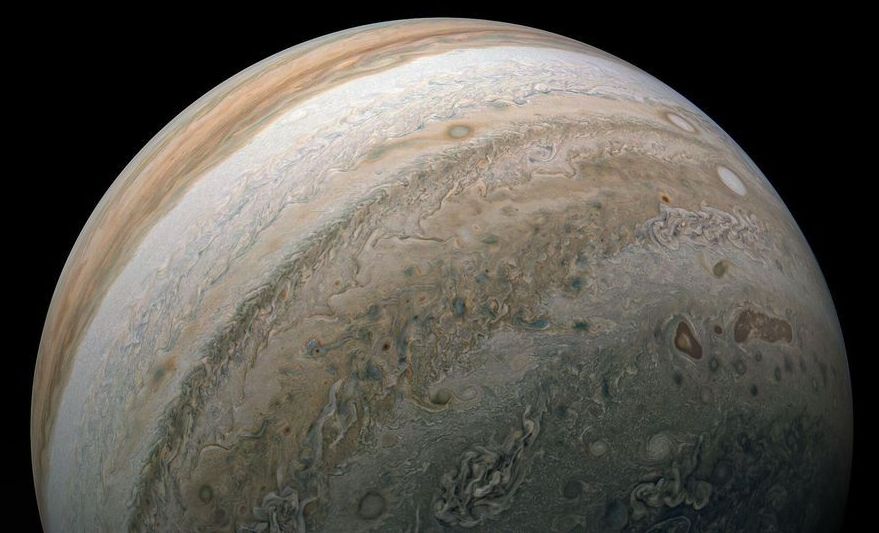
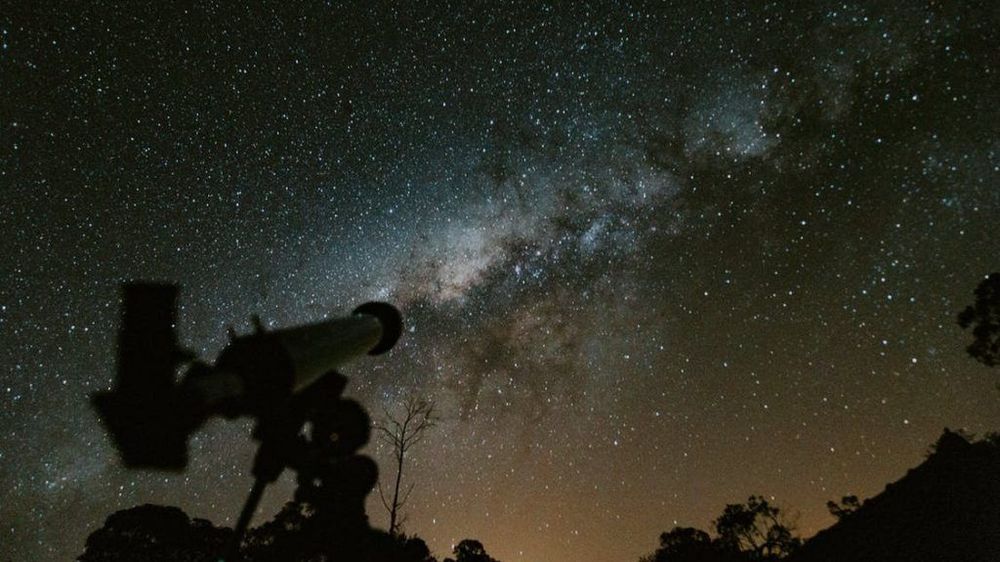
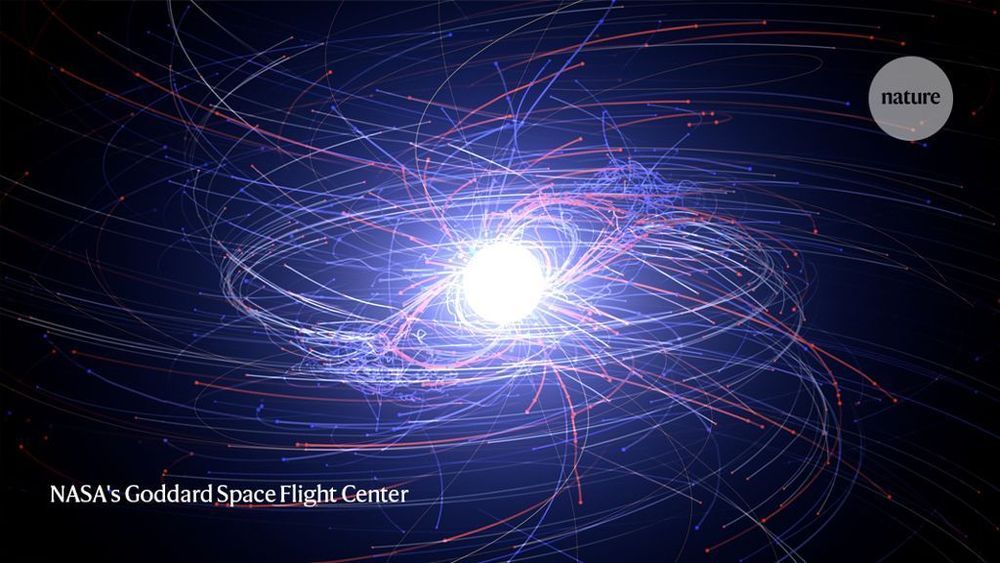
Astronomers know that much about how neutron stars are born. Yet exactly what happens afterwards, inside these ultra-dense cores, remains a mystery. Some researchers theorize that neutrons might dominate all the way down to the centre. Others hypothesize that the incredible pressure compacts the material into more exotic particles or states that squish and deform in unusual ways.
Now, after decades of speculation, researchers are getting closer to solving the enigma, in part thanks to an instrument on the International Space Station called the Neutron Star Interior Composition Explorer (NICER).
These stellar remnants are some of the Universe’s most enigmatic objects — and they are finally starting to give up their secrets.
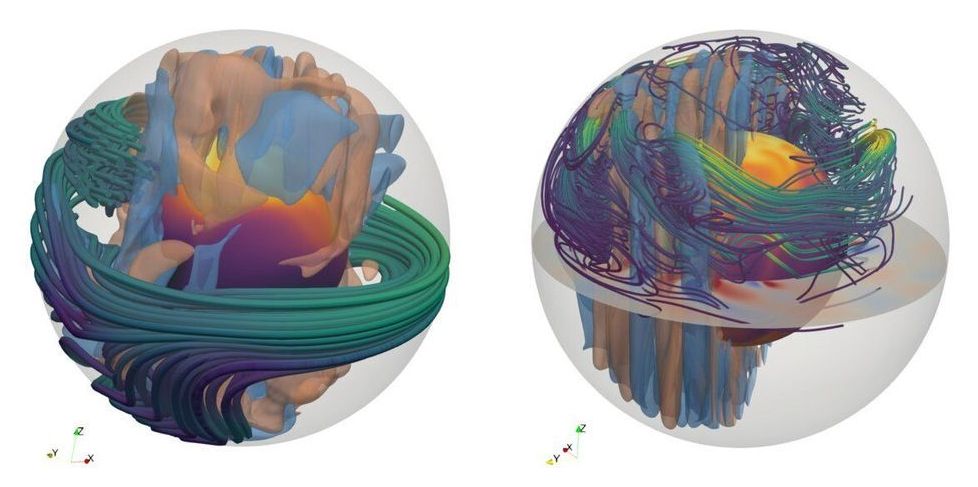
Magnetars are neutron stars endowed with the strongest magnetic fields observed in the universe, but their origin remains controversial. In a study published in Science Advances, a team of scientists from CEA, Saclay, the Max Planck Institute for Astrophysics (MPA), and the Institut de Physique du Globe de Paris developed a new and unprecedentedly detailed computer model that can explain the genesis of these gigantic fields through the amplification of pre-existing weak fields when rapidly rotating neutron stars are born in collapsing massive stars. The work opens new avenues to understand the most powerful and most luminous explosions of such stars.
Magnetars: what are they?
Neutron stars are compact objects containing one to two solar masses within a radius of about 12 kilometers. Among them, magnetars are characterized by eruptive emission of X-rays and gamma rays. The energy associated with these bursts of intense radiation is probably related to ultra–strong magnetic fields. Magnetars should thus spin down faster than other neutron stars due to enhanced magnetic braking, and measurements of their rotation period evolution have confirmed this scenario. We thus infer that magnetars have a dipole magnetic field of the order of 1015 Gauss (G), i.e., up to 1000 times stronger than typical neutron stars! While the existence of these tremendous magnetic fields is now well established, their origin remains controversial.


Permanent magnets akin to those used on refrigerators could speed the development of fusion energy – the same energy produced by the sun and stars.
In principle, such magnets can greatly simplify the design and production of twisty fusion facilities called stellarators, according to scientists at the U.S. Department of Energy’s (DOE) Princeton Plasma Physics Laboratory (PPPL) and the Max Planck Institute for Plasma Physics in Greifswald, Germany. PPPL founder Lyman Spitzer Jr. invented the stellarator in the early 1950s.
Most stellarators use a set of complex twisted coils that spiral like stripes on a candy cane to produce magnetic fields that shape and control the plasma that fuels fusion reactions. Refrigerator-like permanent magnets could produce the hard part of these essential fields, the researchers say, allowing simple, non-twisted coils to produce the remaining part in place of the complex coils.
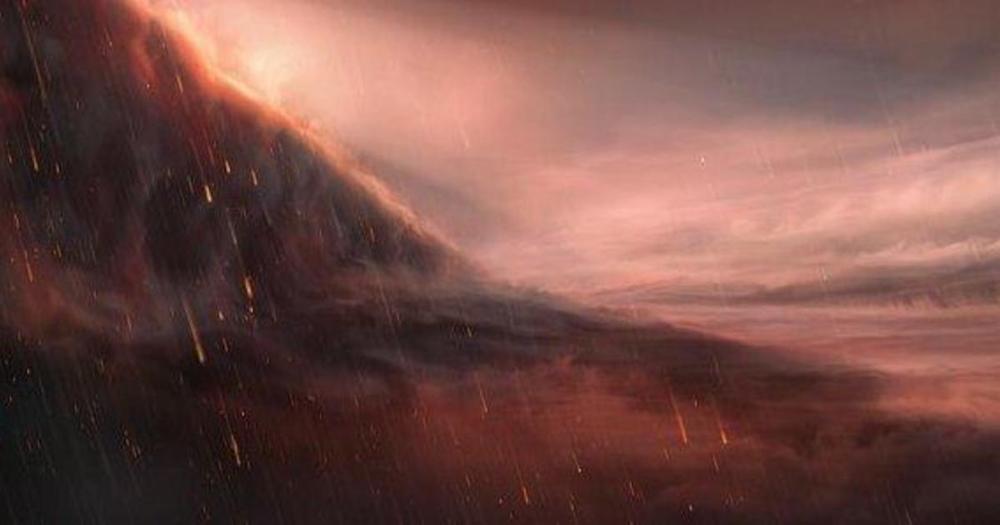
On one particularly hot planet, hundreds of light-years away from Earth, the forecast is cloudy with a chance of liquid iron rain. Scientists recently discovered the bizarre exoplanet, which they referred to as one of the most “extreme” they’ve ever observed.
Using the Very Large Telescope (VLT) at the European Southern Observatory (ESO), researchers observed an “ultra-hot” giant exoplanet, where temperatures can exceed 2,400 degrees Celsius during the day — hot enough to vaporize metals.
One face of the planet, its “day side,” is always facing its parent star and permanently roasting, while the cooler “night side” remains in constant darkness. Because of this, when strong winds push vaporized iron to the night side, it condenses into droplets, creating an iron rainstorm.
